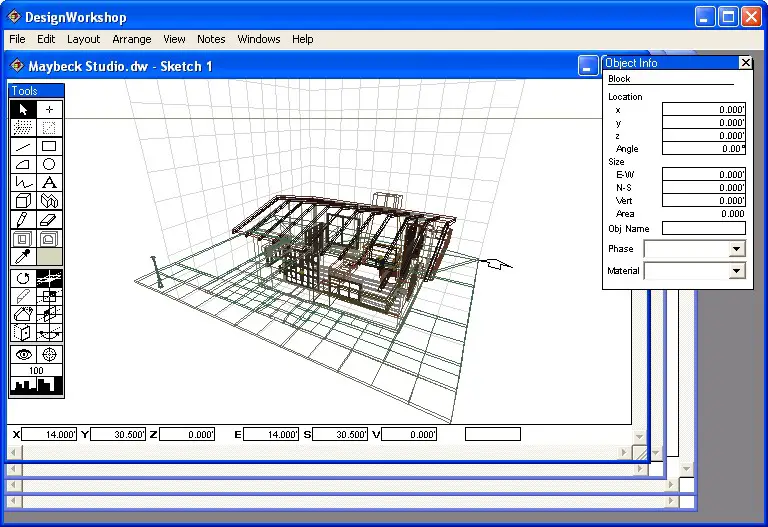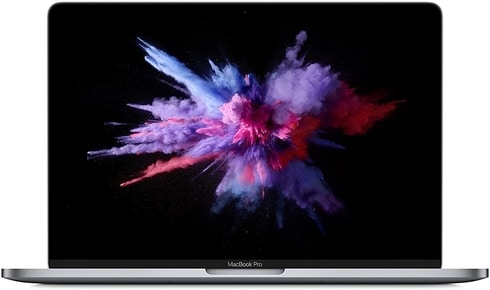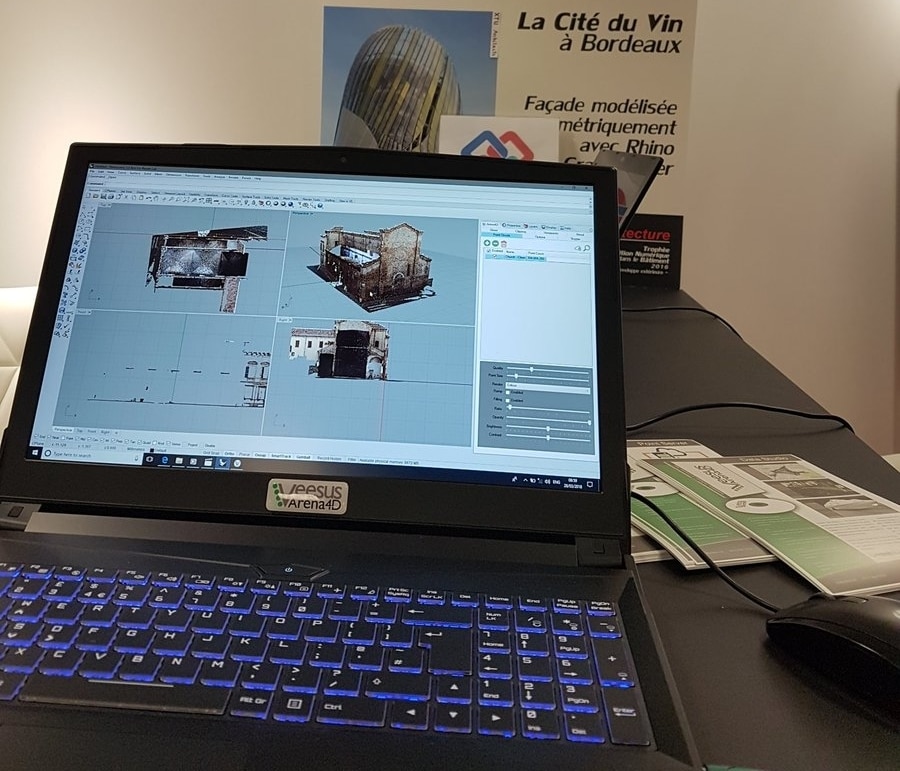

- Mac or windows for architects update#
- Mac or windows for architects portable#
- Mac or windows for architects mac#
So if a portable solution isn’t required then a desktop can offer better performance, power and memory, along with a much larger workspace (screen). That said, in monetary terms a desktop will offer far greater performance when compared to a laptop at the equivalent cost, and in an ideal situation you would supplement your laptop with a desktop (but only a lucky few have this luxury!), which is more commonly suited to working architects and practices.įor some, the flexibility a laptop offers when weighed against performance and cost isn’t justifiable and / or they may just prefer desktops. We are not however talking about lightweight notebooks, these are (and need to be) powerful workstations which whilst being portable are not light, and so good laptop bag is crucial, or at least a well padded sleeve.įor a bag option try the Case Logic Briefcase available here on amazon and for a well padded sleeve, look at the AMNIE Splash & Shock Resistant Laptop Sleeve here. A desktop just can’t offer this level of flexibility, without a whole lot of hassle. You will want to be able to take your computer to the studio, library, tutorials, home, travelling, lectures and crits …to name a few. As an architecture student you will be working in a variety of locations and often (particularly in a studio environment) won’t be guaranteed to always have the same work space / desk.
Mac or windows for architects mac#
The versatility that a laptop and mac book offer is far greater and more valuable than the extra power vs cost a desktop offers. When deciding on which is best for an architecture student (a desktop, laptop or apple mac), you should really be focusing on a laptop or mac book and ignore the desktop options.
Mac or windows for architects update#
This above anything else will help ensure your computers longevity with new and updated programs.Īs laptops for example, due to their compact nature and construction, are practically hard to update with new hardware, further emphasizing the need to get it right first time.ĭesktops on the other hand can be very customizable. If you know what programs you will be primarily using, then it’s fairly simple to find the minimum specification for your needs, however we advise that you get the best your budget can stretch to.

Processor (CPU) – This controls the speed that the software/programs will run at …the more ghz the better.However in short, the most important components are: Here however (having already done the research), we will highlight only the important aspects that need to be focused on.įor a detailed explanation on each of the key components that help to make up a computer, have a look at the below buyers guide Here If you want to get into the technical depths of comparing processor and graphics card speed’s then there is an abundance of this information all over the internet (you just need to Google it). The good news is that other than for specific rendering needs (architecture visualization), the requirements for 2D, 3D and graphic work are quite similar. Therefore these types of computers are not always available “off the shelf”, and do require a good level research to ensure that you buy the right one. It’s important to note that these system requirements are above what might be classed as normal, and therefore the hardware required is a higher specification and price than your average student computer, but very similar to that of say an engineering student and animator for example. In fact it’s quite likely that at some point you will work with all of these!

Photoshop, Illustrator, and InDesign for graphic work and image editing.Vray, Corona Render and Lumion for image rendering.SketchUp, 3ds max, Cinema 4D and rhino for 3D modelling.AutoCAD, Revit, Vectorworks, and Archicad for CAD work


 0 kommentar(er)
0 kommentar(er)
